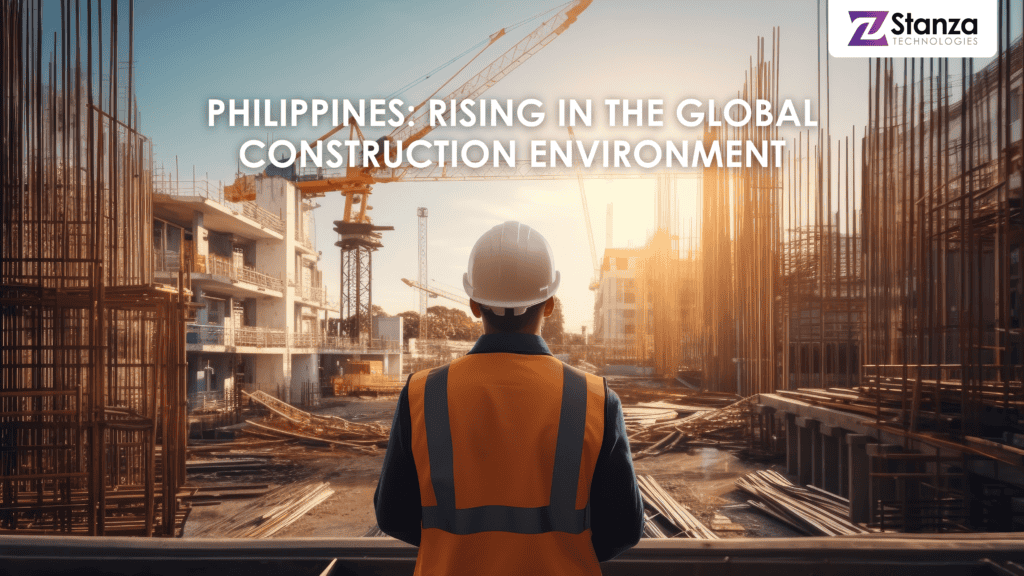The Philippines, one of the countries in southeast Asia, is on the verge of emerging as one of the fastest-growing construction markets globally over the next 15 years, according to a report by Oxford Economics and Aon Global Construction and Infrastructure. These findings project an annual growth rate of over six percent for the nation, making it an enticing prospect for industry stakeholders and investors.
In a report, the Association of Southeast Asian Nations (ASEAN), which consists of the Philippines, Vietnam, Malaysia, and Indonesia, as well as India and Bangladesh, has seen its growth in the Global Construction Market rapidly.
“The combined growth of the fastest ASEAN economies plus India and Bangladesh is expected to be $800 billion over the next 15 years –twice the growth of construction work done in the US over the same period.”

A pivotal driver behind this rapid expansion is the Philippine government’s unwavering commitment to advancing public-private partnerships (PPPs) for infrastructure development. By promoting collaboration between the public and private sectors, the government aims to accelerate the execution of essential infrastructure projects. Such partnerships enhance project efficiency and attract vital investment capital, ultimately benefiting the construction sector in the Philippines.
Oxford Economics and Aon underscored that the government’s PPP initiative is just one component of this growth story. Another crucial element is the newfound long-term investor confidence in the Philippine market. Political stability and consistent economic policies have transformed the country into an attractive destination for both local and foreign investors. This rising investor confidence is expected to create a conducive environment for flourishing construction activities.
Last March 2023, the National Economic and Development Authority (NEDA) Board approved an ambitious list of infrastructure flagship projects (IFP) valued at a remarkable P9 trillion. These projects receive top priority in the government’s annual budget allocation and are streamlined through expedited approval processes, aligned with existing legal frameworks. This underscores the government’s commitment to bolstering infrastructure growth.
The impact of this development transcends the construction industry. Improved infrastructure has a multiplier effect on the economy, stimulating sectors such as manufacturing, transportation, and tourism. Enhanced connectivity through new roads, bridges, airports, and seaports can open up previously underserved regions and create fresh opportunities for economic development.
Investors, construction companies, and industry professionals have every reason to be optimistic about the Philippines’ construction sector. With a forecasted impressive growth rate over the next 15 years, driven by the government’s PPP endeavors and growing investor confidence, the Philippines is on the cusp of becoming a global construction leader. It is poised to reap not only economic benefits but also make significant strides in improving the nation’s infrastructure and overall quality of life. This outlook underscores the Philippines’ ascent as a fast-growing country in the global construction market.










